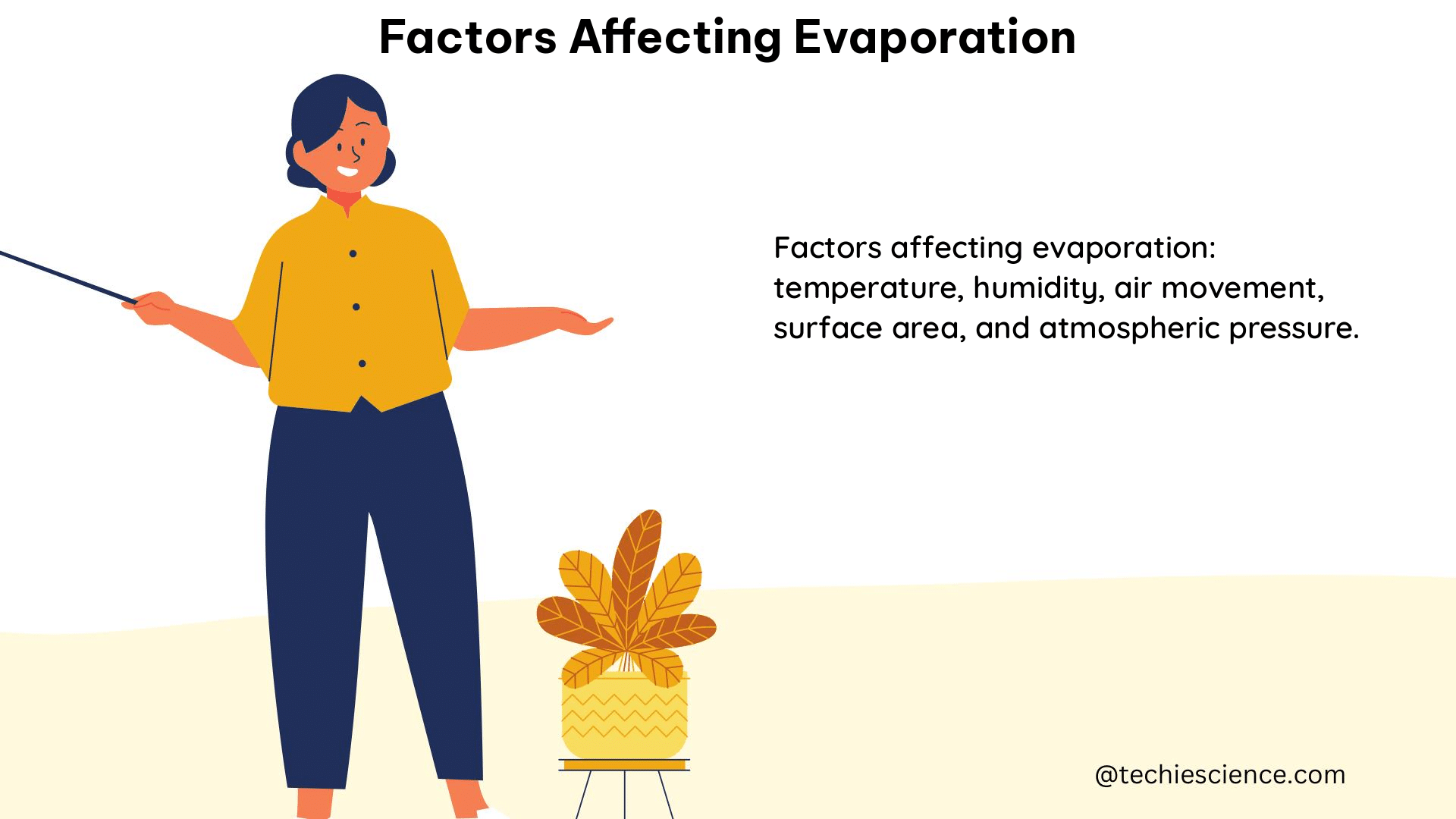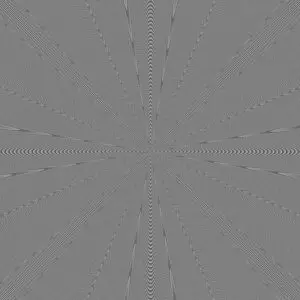In this post we will discuss how does wavelength affect diffraction and other different affect like how, why and when does wavelength affect diffraction.
Diffraction varies depending on the wavelength of light, with smaller wavelengths diffracted at a larger inclination in comparison with longer wavelengths (in effect, blue and violet light are diffracted at a greater inclination than is red light).
When a light ray going via the sky comes into contact with a droplet of moisture, this was primarily refracted at the water-to-air contact surface and reflected when it comes back into contact with the interface. As it contacts the interface for the third round, the beam, which is still flowing within the water droplet, is refracted yet again. The last contact with the surface refracts the beam back into the sky while diffracting a part of it.
Cellini’s crown (commonly referred to as the Heiligenschein effect) is a phenomenon in which a dazzling band of light encircle the shade of the viewer’s head due to diffraction. Placing a hand before a light supplier and progressively crossing two fingers as viewing the light transferred among them is a fairly easy illustration of wave diffraction.
A set of black stripes adjacent to the fingers appear when the fingers near each other and got pretty close collectively. Diffraction arrangements are what the line segments are. If the beam is “bent” about atoms of a similar scale of size as the wavelength of the rays, this mechanism may occur. The diffraction of light by fog, which we frequently regard as a bright spot, is an excellent illustration of it.
How does wavelength affect diffraction pattern?
Amount of diffraction pattern depends on size of the obstacle/ aperture and wavelength of falling rays.
Diffraction is the expanding outward of waves once they travel through a barrier. Rays diffract greater in smaller holes. If the hole is tiny, the waves that come via it shall expand outward (diverge) once more, as if it were a point source of waves, like a marble dumped into a pool.
The wavelength determines what is classified as “little.” The wavefronts that emerge from the aperture will be round if the opening is shorter. Greater wavelengths diffract faster than fewer wavelengths, as a result.
When plane rays hit an obstacle containing two openings, the diffraction pattern rays that emerge from these openings will overlay and clash. Moiré patterns are suggestive of the resultant arrangement of sequential constructive and destructive interference. If (1) the openings are nearer to each other or (2) the waves have lengthier wavelengths, the arrangement is increasingly split out.
How does wavelength affect diffraction at an edge?
Diffraction varies with variation in size of opening or corners of obstacle.
The wave shall diffract or expand outside into ring swirls when the wavelength is comparable to the opening in a harbour wall. This is a nice aerial shot that clearly illustrates the impact.
If the wavelength is substantially less than the opening, just a minor amount of diffraction occurs at the wave’s edge, where the tide collapses over upon itself to generate round waves, while the majority of the wave goes directly via without any direction change.
One can easily observe that the water level is rather consistent; unless it weren’t, the wavelength of the tide might vary, and one can observe that the wavelength, frequency, and velocity have not changed. Diffraction is an essential concept in speaker engineering. “Woofers” are amplifiers that create low bass tones.
Because they must circulate a large amount of air, they must be rather huge. 30 cm or larger diameters are typical. It is indeed important to note that the waves travel past one another, respective amplitudes accumulating across time and distance.
How does wavelength affect diffraction?
The beam of a smaller wavelength is diffracted at a greater inclination than the wavelength of a greater wavelength. The diffraction inclination of blue and violet light is larger in comparison to the diffraction inclination of red light.
Why does wavelength affect diffraction?
Diffraction occurs all the time; it merely becomes less noticeable when the wavelength is narrow enough in comparison to the gap.
When one analyses the Huygens–Fresnel concept, one may have a better understanding of the entire thing. In some ways, the media in which the waves propagate doesn’t comprehend “there’s a ripple running this way or that way,” it just recognizes how a point passes a perturbation to its neighbors.
Thus, anywhere at a point in time, one may substitute any wave with a collection of point sources and get the exact similar wave. Assume the peak of an aircraft wave crashing into a large chasm (relative to the wavelength). One may therefore suppose that the gap is genuinely populated by point sources, according to the concept.
Because the comparative spacing from each of these places along the gap to you is generally the equivalent, if you observe such sources from a position ahead of the gap, their pulses would mostly approach you in sync. The waves would constructively interact, leading in a powerful wave in ahead of the gap.
Nevertheless, if you look at the gap from the side, the waves will possess a higher phase difference since the space they must fly before reaching you is substantially greater.
When does wavelength affect diffraction?
The extent of diffraction (the fineness of the bending) rises as the wavelength gets longer and reduces as the wavelength gets shorter. In reality, there is no apparent diffraction if the wavelength of the waves is shorter than the obstruction.
Wave threshold characteristics such as reflection, refraction, and diffraction are all related to the twisting of a wave’s trajectory. Assuming the media is a two- or three-dimensional media, the twisting of the route is a visible phenomenon. As light bounces off a barrier, it is called reflection.
The rule of reflection governs the reflection of waves off straight boundaries. The convergence of pulses at a focal point is caused by the reflection of waves off curved obstacles. When waves go through one media to the other, they refract, which causes them to alter orientation. A wavelength and velocity variation are always present when refraction occurs. The twisting of waves around barriers and apertures is known as diffraction. With rising wavelength, the quantity of diffraction rises.
Frequently asked question |FAQs
Q. What is diffraction and what factors affect it?
Diffraction is a process bending light ray due to present of obstacle in its way and wavelength of incoming ray affects the amount of diffraction.
Whenever waves strike a hole or an apex in an obstacle, they pass through the hole or beyond the obstacle’s corner. This can appear self-evident, but what occurs on the other half of the gap or barrier is not that simple. The ripples always spread into the region behind the gap to a certain amount.
The broadening out of waves as they pass via a space or beyond the corner of an obstacle is known as diffraction. The magnitude of the diffraction (spreading) is determined by how the spacing width corresponds to the wavelength of the waves. After diffraction, the wavelength remains constant.
Q. Is there a difference in wavelength in diffraction?
The twisting of a wave in the identical media is referred to as DIFFRACTION.
As a consequence of the shortage of a shift in medium, the wavelength, frequency, speed, and time period will all remain unchanged. They won’t alter as soon as the medium on both sides is the identical.
Q. Is diffraction affected by frequency?
High-frequency noises with small wavelengths are consumed or reflected rather than diffracting over most barriers, generating a SOUND SHADOW beyond the object.
Q. What is the connection between diffraction and frequency?
Once the wavelength of a particular wave is discovered to be close to the object’s size (as it is with weak frequencies and structures), the wave diffracts about the object, utilizing its corners as a focal point to produce a fresh wavefront of the equivalent frequency but lower intensity.
Also Read:






